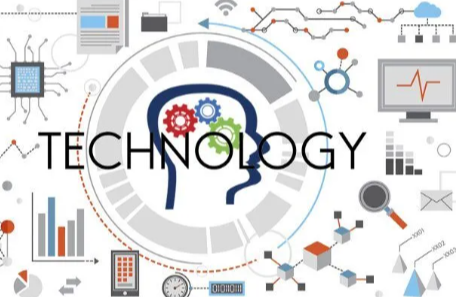Natural Language Processing (NLP) serves as a critical bridge between human language and machine understanding. It employs various computational techniques to analyze and interpret linguistic data. This field encompasses a range of methods, from basic text processing to advanced deep learning algorithms. Understanding these techniques is essential for grasping the implications of NLP in modern technology. Yet, the complexity of its applications raises fundamental questions about its future and potential impact on human communication.
Understanding Natural Language Processing
Natural Language Processing (NLP) encompasses a suite of computational techniques designed to facilitate the interaction between computers and human language.
At its core, NLP relies on text analysis to extract meaningful information from unstructured data. This process involves various methodologies that enable machines to interpret and manipulate human language effectively.
Semantic understanding is crucial within this domain, as it allows systems to discern context, intent, and nuances in communication. By employing algorithms that analyze syntax, semantics, and pragmatics, NLP bridges the gap between human expression and machine comprehension.
Consequently, this technology empowers individuals and organizations to harness vast amounts of textual information, enhancing decision-making processes and fostering a more liberated exchange of ideas.
Read more: How Technology Is Transforming the Banking Sector
Key Techniques and Approaches in NLP
Leveraging a variety of techniques, Natural Language Processing (NLP) employs several key approaches to analyze and understand human language. Central to these methodologies are tokenization methods, which break text into manageable units, such as words or phrases, enabling further processing.
This initial segmentation facilitates subsequent steps, such as semantic analysis, which interprets the meaning of words and their relationships within context. Techniques such as part-of-speech tagging and named entity recognition augment semantic comprehension, allowing systems to discern the significance of various components in a sentence.
Additionally, machine learning algorithms enhance these processes by adapting to linguistic nuances, ultimately leading to more accurate interpretations. By integrating these approaches, NLP systems strive for a deeper understanding of language, thereby fostering improved communication between humans and machines.
Real-World Applications of NLP
The applications of Natural Language Processing (NLP) span a diverse range of industries, showcasing its transformative potential in real-world scenarios.
Sentiment analysis enables businesses to gauge customer emotions, influencing marketing strategies.
Chatbot development enhances customer service efficiency by providing instant responses.
Text summarization tools streamline information consumption, extracting essential points from lengthy documents.
Language translation applications break down communication barriers, facilitating global interactions.
Information extraction systems automate data retrieval, improving decision-making processes.
Speech recognition technologies convert spoken language into text, enhancing accessibility.
Content moderation tools help maintain online community standards, ensuring safety and compliance.
Additionally, topic modeling identifies prevalent themes within large datasets, aiding in research and analysis.
Collectively, these applications highlight NLP’s role in modernizing communication and information processing.
The Future of Natural Language Processing
As advancements in artificial intelligence and machine learning continue to evolve, the future of Natural Language Processing (NLP) is poised for significant transformation.
Emerging AI advancements promise to enhance multilingual capabilities, enabling seamless communication across diverse languages and cultures. This evolution will not only facilitate global interactions but also enrich user experience by providing contextually relevant and personalized content.
However, the integration of NLP technologies raises ethical considerations, particularly regarding data privacy and algorithmic bias. Addressing these issues will be crucial to ensure responsible development and deployment of NLP systems.
Conclusion
In juxtaposing the complexities of human language with the precision of computational algorithms, Natural Language Processing emerges as a transformative force in artificial intelligence. As machines increasingly decode the intricacies of human communication, the balance between understanding context and generating coherent responses becomes paramount. This interplay not only enhances user experience through applications like chatbots and translation services but also raises questions about the future of human-computer interaction, where understanding and intent converge in unprecedented ways.



